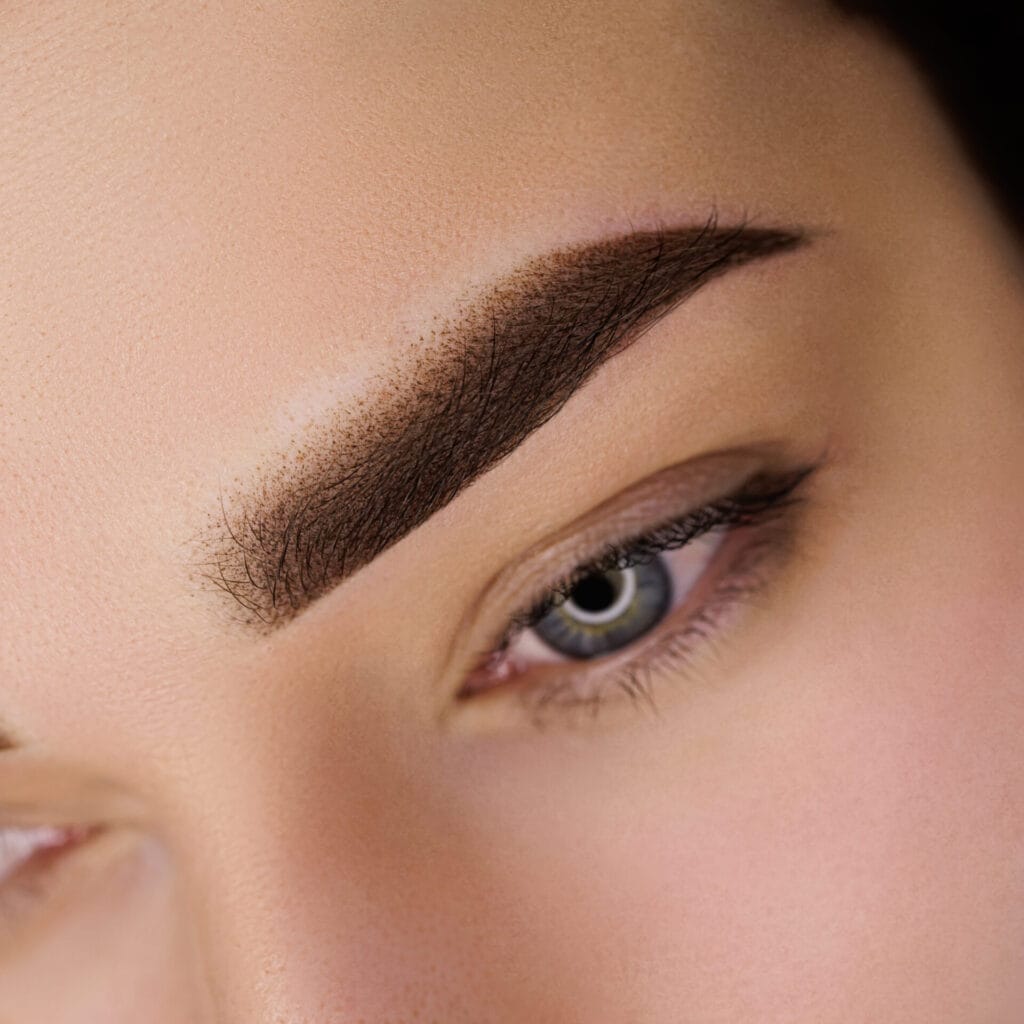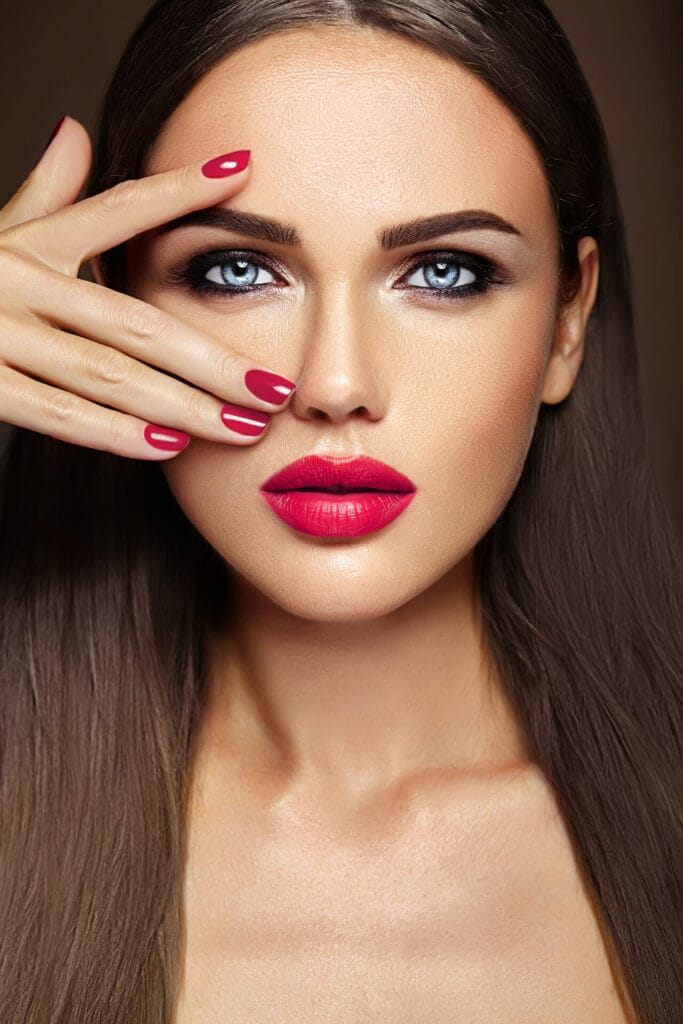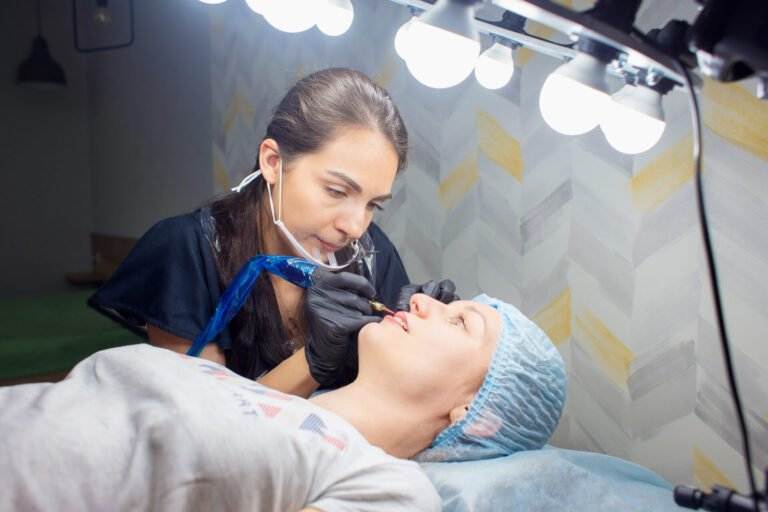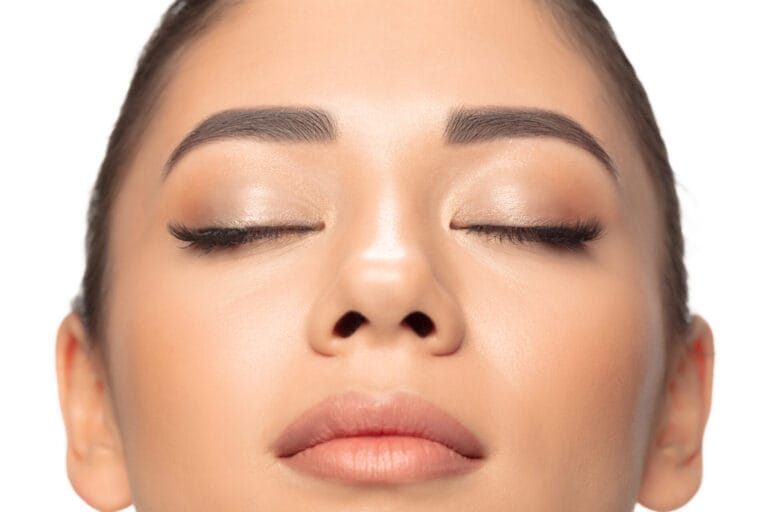Permanent makeup, also known as cosmetic tattooing or micropigmentation, is a procedure that involves the application of pigments to the skin to enhance certain features. It is a form of tattooing that is designed to mimic the appearance of makeup, such as eyebrows, eyeliner, and lip color. The pigments are implanted into the dermal layer of the skin using a needle or a tattoo machine, resulting in long-lasting color that can last for several years.
The history of permanent makeup can be traced back to ancient civilizations, where various forms of tattooing were used for cosmetic and cultural purposes. In ancient Egypt, for example, both men and women would use natural pigments to enhance their features. In more recent times, permanent makeup gained popularity in the 20th century, with advancements in technology and techniques making it a safer and more effective procedure.
The Benefits of Permanent Makeup: Save Time and Money
One of the main benefits of permanent makeup is the time-saving aspect. For individuals who spend a significant amount of time each day applying and reapplying makeup, permanent makeup can be a game-changer. With permanent eyebrows, eyeliner, and lip color, there is no need to spend time each morning perfecting these features. This can be especially beneficial for those with busy lifestyles or those who struggle with applying makeup due to physical limitations.
In addition to saving time, permanent makeup can also save money in the long run. While the initial cost of the procedure may seem expensive, it eliminates the need to constantly purchase makeup products. Over time, the cost of purchasing makeup can add up significantly. With permanent makeup, there is no need to constantly replenish products or invest in expensive brands. This can result in substantial savings over time.
How Permanent Makeup is Done: The Process Explained
The process of permanent makeup involves several steps to ensure the desired results are achieved. The first step is a consultation with a permanent makeup artist, where the client’s goals and expectations are discussed. The artist will then create a customized design based on the client’s features and preferences.
Once the design is finalized, the next step is the application of the pigments. The artist will use a needle or a tattoo machine to implant the pigments into the dermal layer of the skin. This process can be slightly uncomfortable, but most clients find it tolerable with the use of numbing creams or local anesthesia.
After the initial application, there may be a healing period of several weeks. During this time, the color may appear darker than desired, but it will gradually fade to the desired shade. It is important to follow the aftercare instructions provided by the artist to ensure proper healing and longevity of the permanent makeup.
The Different Types of Permanent Makeup: Eyebrows, Lips, and Eyeliner

Permanent makeup can be applied to various areas of the face, including eyebrows, lips, and eyeliner. Each type of permanent makeup has its own unique benefits and can enhance different features.
Permanent eyebrows are a popular choice for those who have sparse or thin eyebrows. The procedure involves creating hair-like strokes using pigments that match the client’s natural hair color. This creates a natural-looking appearance and can help define and shape the eyebrows.
Permanent lip color is another option for those who want to enhance their lips. This procedure involves applying pigments to the lips to create a fuller and more defined look. It can also help correct asymmetry or unevenness in lip shape.
Permanent eyeliner is a great option for those who want to save time on their daily makeup routine. It involves applying pigments along the lash line to create the appearance of thicker and more defined eyelashes. This can help enhance the eyes and make them appear more awake and vibrant.
Aftercare for Permanent Makeup: Keeping Your Look Fresh
Proper aftercare is essential to ensure the longevity and freshness of your permanent makeup. Here are some tips for aftercare:
1. Avoid Sun Exposure: Protect your permanent makeup from sun exposure, as it can cause fading and discoloration. Apply sunscreen with a high SPF to the treated area whenever you are exposed to the sun.
2. Avoid Moisture: Avoid getting the treated area wet for at least 24 hours after the procedure. This includes avoiding swimming, saunas, and hot showers. Moisture can interfere with the healing process and cause the pigments to fade prematurely.
3. Avoid Makeup and Skincare Products: Avoid applying makeup or skincare products to the treated area for at least one week after the procedure. This includes avoiding creams, lotions, and serums. These products can interfere with the healing process and cause irritation or infection.
4. Be Gentle: Avoid rubbing or scratching the treated area, as this can cause the pigments to fade or become uneven. Be gentle when cleansing the area and avoid using harsh or abrasive products.
5. Follow Up Appointments: Schedule follow-up appointments with your permanent makeup artist as recommended. This will allow them to assess the healing process and make any necessary touch-ups or adjustments.
The Longevity of Permanent Makeup: How Long Does it Last?
The longevity of permanent makeup can vary depending on several factors. These factors include the type of permanent makeup, the individual’s skin type, and their lifestyle habits.
On average, permanent makeup can last anywhere from one to five years. Eyebrows tend to last the longest, with touch-ups needed every two to three years. Lip color and eyeliner may require touch-ups more frequently, typically every one to two years.
Factors that can affect the longevity of permanent makeup include exposure to sunlight, skincare products used, and lifestyle habits such as smoking or excessive sweating. It is important to follow proper aftercare instructions and take precautions to ensure the longevity of your permanent makeup.
Permanent Makeup vs. Traditional Makeup: Which is Better?
The choice between permanent makeup and traditional makeup ultimately depends on personal preference and lifestyle. Here are some pros and cons of each:
Permanent Makeup:
– Pros: Saves time on daily makeup routine, long-lasting results, can enhance features that are difficult to achieve with traditional makeup.
– Cons: Expensive initial cost, requires touch-ups every few years, limited flexibility in changing makeup looks.
Traditional Makeup:
– Pros: More affordable, allows for flexibility in changing makeup looks, can be easily removed.
– Cons: Time-consuming daily routine, requires frequent reapplication, can smudge or fade throughout the day.
It is important to consider your lifestyle and preferences when deciding between permanent makeup and traditional makeup. Some individuals may prefer the convenience and long-lasting results of permanent makeup, while others may enjoy the flexibility and creativity of traditional makeup.
The Risks and Side Effects of Permanent Makeup: What You Need to Know
While permanent makeup is generally considered safe, there are some potential risks and side effects to be aware of. These include:
– Infection: There is a risk of infection if proper hygiene and sanitation practices are not followed during the procedure. It is important to choose a reputable and experienced artist who follows strict cleanliness protocols.
– Allergic Reactions: Some individuals may have an allergic reaction to the pigments used in permanent makeup. It is important to undergo a patch test before the procedure to check for any allergies or sensitivities.
– Discoloration or Fading: Over time, the pigments used in permanent makeup may fade or change color. This can be influenced by factors such as sun exposure, skincare products used, and individual skin type.
– Uneven Results: There is a risk of uneven or asymmetrical results if the artist does not have the necessary skills or experience. It is important to choose an artist who has a portfolio of consistent and symmetrical work.
To minimize the risks and side effects of permanent makeup, it is important to choose a reputable and experienced artist, follow proper aftercare instructions, and undergo a patch test before the procedure.
Removing Permanent Makeup: Is it Possible?
While permanent makeup is designed to be long-lasting, there may come a time when you want to remove it. There are several methods for removing permanent makeup, although they may not always be completely effective.
One method for removing permanent makeup is laser tattoo removal. This involves using laser technology to break down the pigments in the skin. Multiple sessions may be required to achieve the desired results, and there may be some discomfort and downtime associated with the procedure.
Another method for removing permanent makeup is saline tattoo removal. This involves injecting a saline solution into the skin to lift and remove the pigments. This method is less invasive than laser tattoo removal and may be a better option for those with sensitive skin.
It is important to note that removing permanent makeup can be a lengthy and expensive process. It may also result in scarring or changes in skin texture. It is important to weigh the pros and cons and consult with a professional before deciding to remove permanent makeup.

Permanent Makeup as a Solution for Effortless Beauty
In conclusion, permanent makeup offers a convenient and long-lasting solution for enhancing your natural features. It can save time and money on your daily makeup routine, while also providing a fresh and polished look.
When choosing a permanent makeup artist, it is important to do your research, ask for recommendations, and schedule a consultation to ensure they are the right fit for your needs. Proper aftercare is essential to ensure the longevity and freshness of your permanent makeup.
While there are some potential risks and side effects associated with permanent makeup, these can be minimized by choosing a reputable artist and following proper aftercare instructions. Removing permanent makeup is possible but may not always be completely effective or without risks.
Overall, permanent makeup can be a great solution for those who want to enhance their natural features and save time on their daily beauty routine. With proper research, preparation, and aftercare, you can achieve beautiful and long-lasting results with permanent makeup.









